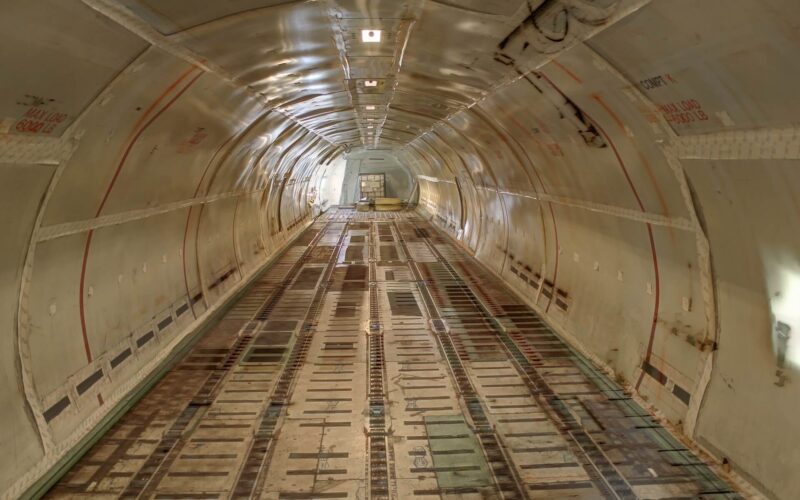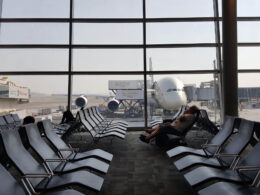The COVID-19 crisis created an unprecedented situation for both aviation as a whole and the air freight industry. Contrary to passenger airlines, cargo flights not only continued to operate but for some goods, were even increased. Take, for instance, the personal protective equipment cargo, which filled even the largest aircraft in the world, the Antonov An-225 Mriya.
After global passenger aircraft belly capacity was lost almost overnight, the cargo industry faced a serious capacity crunch. But it demonstrated resilience in the face of the crisis. The industry showed that “when the going gets tough, freighters help,” as Russi Batliwala, CEO of Chapman Freeborn, summarized speaking at AIR Convention Digital Week.
Despite the achievements, from employing passenger aircraft for cargo operations, to increasing freighter aircraft utilization rates, to operating in an environment changing at supersonic speed, the current boost that the air freight industry is experiencing is unlikely to last in the long term, experts believe.
IATA estimated that it would take two to three years for passenger airlines to return to pre-crisis levels, pointed out Mikko Tainio, Finnair Cargo Managing Director. During this time, the cargo capacity crunch is likely to last, which would mean higher yields for freight companies.
However, already recovering passenger flights would eventually bring back the belly capacity, which in turn return air cargo to “normal circumstances”, believes Steven Polmans, Brussels Airport Cargo and Logistics Director. And the normal circumstances were described by Batliwala as overcapacity in the market.
AIR Convention Digital Week hosts 30+ global aviation executives discussing how aviation is reshaped by the COVID-19 virus effects and the paths to recovery. Watch the event on aerotime.aero, every day at 2 CET on June 15th – June 19th, 2020.









